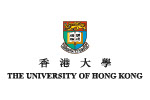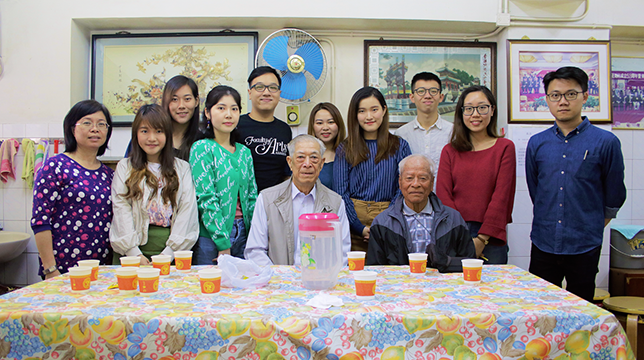
Mass tourism emerged in Europe in the wake of the Industrial Revolution and spread to the rest of the world. But in the 21st century tourism is moving beyond the masses to more specialised offerings. Individual tourism, eco-tourism, heritage tourism and the like are creating new kinds of tourism experiences and new opportunities and challenges for the industry. Even the definition of a tourist is in flux. Is an exchange student a tourist? Is a visitor here on business a tourist?
These questions are the focus of a sociology course, ‘Tourism, Culture and Society’ that teaches students about tourism not only with lectures, texts and overseas examples, but also experience.
The students join a local tour and write reflections that put their experiences in a theoretical context. They also work in groups to produce tourist guides for other, little-known sites in Hong Kong so they can see tourism from different perspectives.
Dr Gary Wong Pui-fung of the Department of Sociology has been teaching the course for four years and has drawn on his publishing contacts to help turn the students’ work into guidebooks and maps about Pokfulam, Ha Tsuen in Yuen Long and most recently, Eastern District.
“One of the key concepts we ask them to apply is authenticity. Are the tourist attractions they visit and the people they meet and the food they eat authentic from a local perspective? Some local tour guides will even invite local residents to talk to visitors. Is it authentic if it’s staged like that? Some people argue that it’s impossible for tourists to have an authentic experience, but it is also difficult to say an experience is inauthentic if it involves real people living in Hong Kong,” he said.
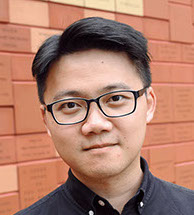
![]() Some people argue that it’s impossible for tourists to have an authentic experience, but it is also difficult to say an experience is inauthentic if it involves real people living in Hong Kong.
Some people argue that it’s impossible for tourists to have an authentic experience, but it is also difficult to say an experience is inauthentic if it involves real people living in Hong Kong. ![]()
Dr Gary Wong Pui-fung
Tracking trends
In Eastern District, there were plenty of opportunities to explore social and historic trends. For instance, one group looked at entertainment in North Point, where many theatres and nightclubs popped up in the post-war era after Shanghainese and Fukienese natives flooded into the area. Most of these sites have disappeared due to redevelopment and population shifts, but the students were still able to record reflections on the golden days through an interview with Cantonese opera star Law Kar-ying. They also spoke with a local tour operator who is petitioning the government to preserve the State Theatre, a landmark in North Point.
Lui Kam-shing, a third-year BA(Conservation) student, worked on an Eastern District project called ‘The Hidden Spirit of Defending Hong Kong: A study on tourism in Chai Wan, Siu Sai Wan and Cape Collinson’, where remnants of World War II battles can be found. “I was surprised by how a local walking cultural tour can affect both local and overseas visitors and arouse their awareness about the inner parts of Hong Kong,” he said.
All projects have involved community partners. For Eastern District, Dr Wong and his students worked with the Swire HK Archive Service and Swire Properties Community Ambassador Programme, and Swire exhibit their work at Taikoo Place in January, 2019. For Pokfulam and Ha Tsuen, they worked closely with local village associations. The Ha Tsuen maps are available at the village, while the Pokfulam guidebook is available through the Hong Kong Tourism Board. The student tourists have thus contributed to Hong Kong’s tourism resources.
Off the beaten path
Students are challenged to address this issue by focussing on places off the beaten path and considering how to make these interesting to visitors – a task made easier by the fact that about 20 to 25 per cent of each class is typically made up of students from outside Hong Kong, who know little of Hong Kong’s heritage and who provide a useful sounding board. On the Pokfulam Village project, for instance, they questioned why this small village near the HKU campus was of any interest at all.
“Some of them asked why they had been taken to this squatter area. But there are buildings there with traditional tiled roofs and structures, and the village has strong cultural traditions and a long history,” Dr Wong said. In the end, the class produced an attractive guidebook with maps, overlays and interesting descriptions that also covered urban development and the threats to the village’s built heritage.
Another class focussed on Ha Tsuen and they were instructed to visit the same sites but choose different themes around which to present them, such as governance in the region stretching back to the Tang Dynasty, traditional festivals, or the oral history of a resident.
Students carrying out interviews together with the volunteers from the Swire Properties Community Ambassador Programme.
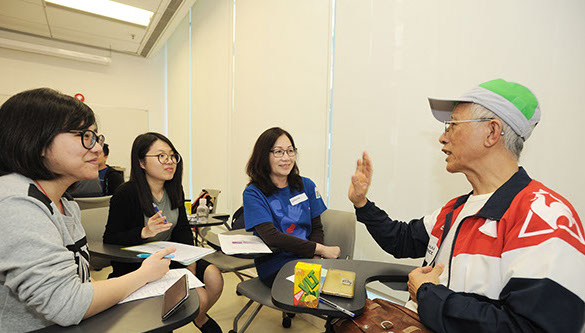
INSIGHTS ON
SEEING THE SIGHTS
Students are producing guidebooks on the lesser-known parts of Hong Kong for a course that looks at modern tourism and the challenge of providing authentic experiences to visitors.
Swire HK Archive Service providing support to students on archival materials about the development of the Eastern District.
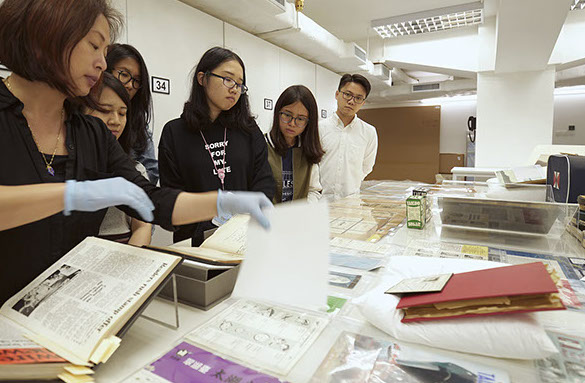
Students interviewing the retired fishermen on the past of Shau Kei Wan.
